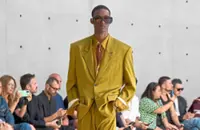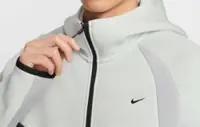These sparkling details are most often made from plastic or vinyl, materials that are not very environmentally friendly, and which are particularly polluting. Photo: AFP
Spotted frequently during the recent fashion weeks as part of the "metal chic" trend, sequins count among the essentials of the womenswear wardrobe.
These sparkling details are most often made from plastic or vinyl, materials that are not very environmentally friendly, and which are particularly polluting. But this could change with the advent of BioSequins, a new biodegradable material made with no toxic substances.
What materials will be used to make the clothes of the future? This is a question that start-ups, designers and major fashion houses are trying to answer in order to reduce the environmental footprint of one of the most polluting industries in the world.
Already a subscriber? Log in
Save 30% OFF The Star Digital Access
Cancel anytime. Ad-free. Unlimited access with perks.





